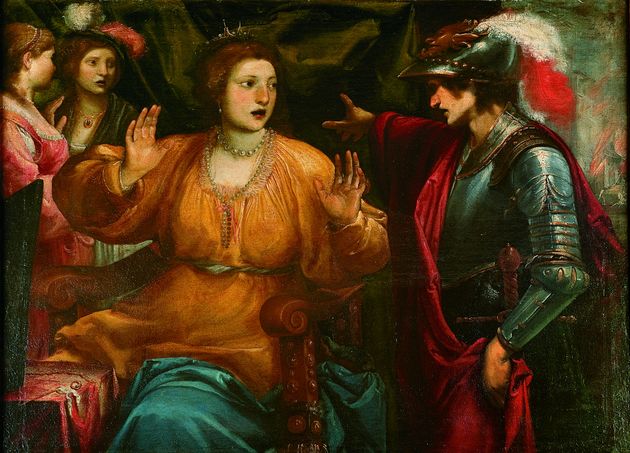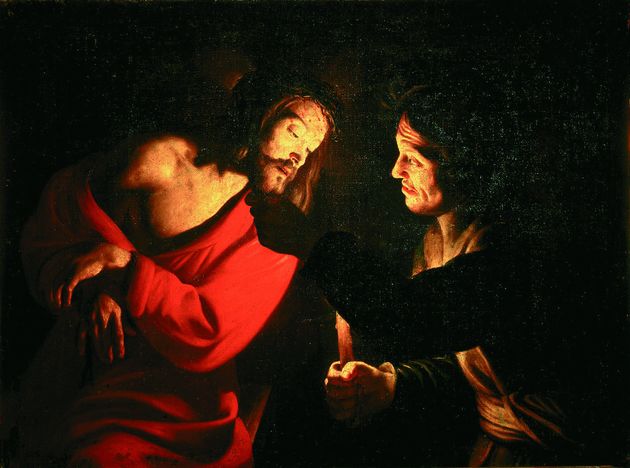Miracle of the Spring, with St. Filippo Benizzi
Alessandro Allori 1603Audio description of the artwork
The altarpiece with the miracle of the healing fountain made to gush out of Monte Senario mountain by St. Philip Benizi is a late work by one of the greatest Florentine Mannerist painters, Alessandro Allori. Together with his other artwork, the Miracle of the Grain, and the Multiplication of the Loaves and Fishes by Santi di Tito, this painting is part of the section on The Riblet donation. The large altarpieces, which decorated the chapel of the Palagio degli Spini (Spini family home) in Peretola, nearby Florence, celebrated the end of the age-old problems of hunger, thirst and famine, thanks to divine intervention and the intercession of the saints.






























